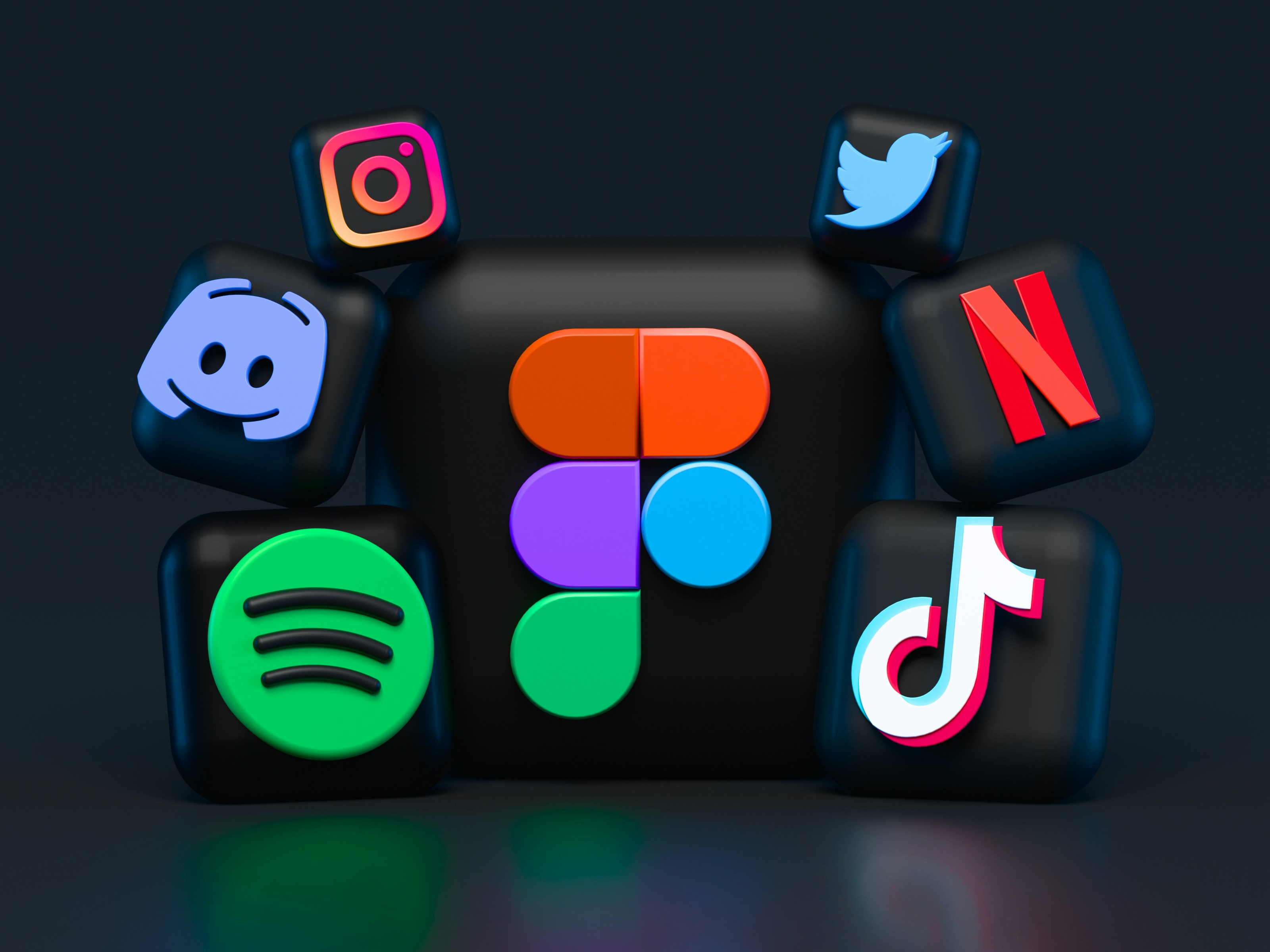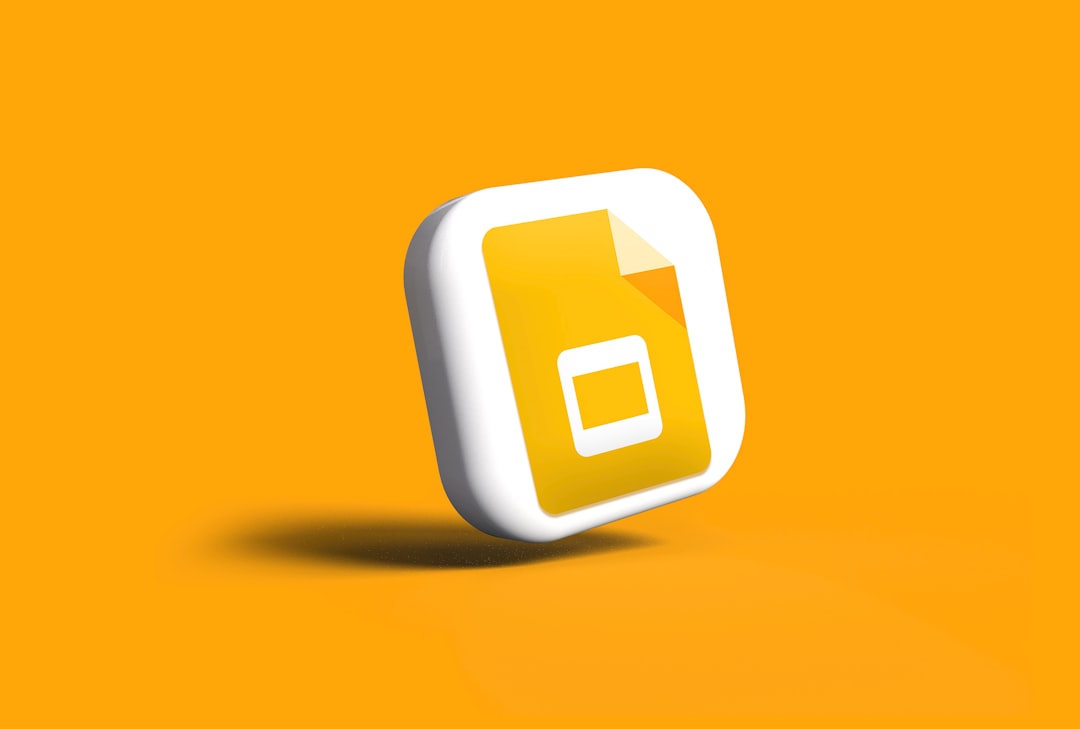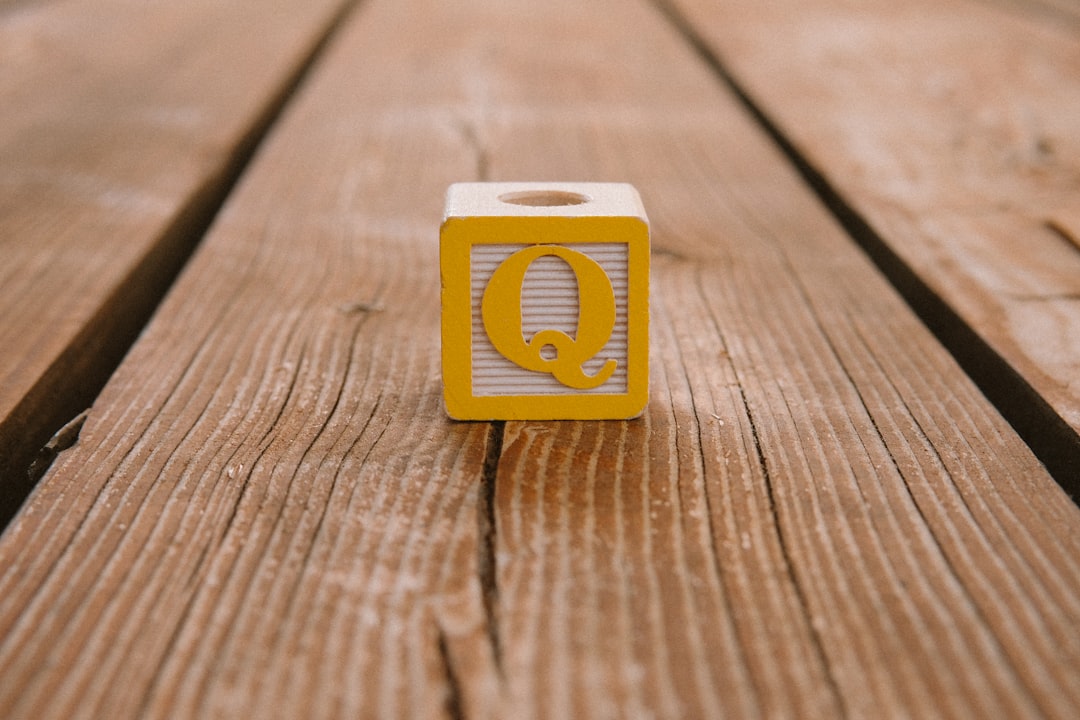

Engage prospects with a scan and streamline customer engagement with FREE QR code marketing tools by Sona – no strings attached!
Create a Free QR CodeFree consultation

No commitment

Engage prospects with a scan and streamline customer engagement with FREE QR code marketing tools by Sona – no strings attached!
Create a Free QR CodeFree consultation

No commitment
Data has become the linchpin of modern marketing, transforming how brands connect with consumers. In a landscape where personalization drives engagement, harnessing first-party data has never been more crucial. Marketers now prioritize building meaningful relationships with their audiences, leveraging insights from direct interactions rather than relying on third-party sources.
The shift toward privacy-centric advertising is evident in the proliferation of data protection laws across the globe. Recent regulations, such as the General Data Protection Regulation (GDPR), have forced organizations to rethink their data collection practices. Companies are investing heavily in transparent data strategies, with compliance standards evolving rapidly alongside consumer expectations.
Marketers face the dual challenge of adapting to these changes while continuing to deliver value. Many now focus on audience segmentation to create tailored experiences for audiences based on consented data. The move away from broad targeting has encouraged a renewed emphasis on creativity and messaging, allowing brands to stand out in an increasingly saturated market.
Technology remains central to advancing data-driven marketing. The emergence of customer data platforms (CDPs) empowers brands to unify consumer information across touchpoints. These tools enable a single customer view, supporting both compliance initiatives and the demand for deeply personalized experiences.
Ultimately, the convergence of data, privacy regulation, and technology innovation is redefining how brands engage consumers. As organizations navigate new challenges, their success will hinge on prioritizing transparency, respecting user privacy, and delivering authentic value at every interaction.
QR codes have revolutionized directory advertising services by transforming traditional listings into interactive, measurable engagement channels. They empower businesses to drive customer acquisition, enhance user experiences, and capture precise data on how prospects interact with directory entries—turning static ads into dynamic conversion tools. Imagine effortlessly tracking which directory placements generate the most inquiries and adjusting campaigns instantly to maximize impact.
With Sona QR, you gain the ability to create dynamic, trackable QR codes in seconds, update campaigns on the fly without costly reprints, and link every scan directly to your revenue goals. This means no missed leads, smarter allocation of advertising spend, and clearer insights into customer behavior. Start for free with Sona QR today and transform your directory advertising into a powerful engine for growth and measurable results.
QR codes can be incorporated into directory advertising to provide direct access to the website, enabling users to quickly find listings and engage with the directory content.
Using QR codes in directory advertising enhances convenience for users, facilitates immediate access to information, and helps marketers gather first-party data for personalized marketing.
QR codes improve engagement by enabling seamless interaction through instant access to tailored directory listings and offers, fostering a more personalized user experience.
Creative uses include embedding QR codes on printed materials, signage, or digital ads to drive users directly to specific directory pages or exclusive promotions.
By providing quick and easy access to directory services through QR codes, businesses can increase traffic, capture consented user data, and deliver personalized offers that convert visitors into customers.

Directory advertising services face a growing challenge: traditional methods struggle to keep up with customers who move seamlessly between offline and online touchpoints. While legacy listings and physical ads can drive momentary interest, most marketers struggle to capture who is engaging or to convert that fleeting awareness into actionable leads. Opportunities are often lost as high-intent prospects engage but remain anonymous, untracked, and ultimately unpursued. For inspiration specific to directory platforms, see how QR codes can promote directory websites.
QR code technology offers new possibilities to directory advertising services, providing a simple but powerful way to connect each physical impression with a digital interaction. By embedding QR codes across print listings, signage, and branded collateral, marketers can identify prospects who would otherwise go unnoticed, capture intent signals in real time, and enable more timely, targeted engagement. Instead of waiting for forms to be filled and hoping to deduce intent retroactively, businesses can trace every scan back to distinct moments of interest, eliminating manual gaps and attribution guesswork. Explore broader tactics in QR code marketing.
This guide explores how directory advertising services can tackle persistent pain points such as missing out on high-value prospects, lacking visibility into anonymous audiences, and being unable to tie physical campaigns to revenue by leveraging QR codes. Marketers will find step-by-step workflows, actionable use cases, and field-tested insights, learning practical ways to increase conversions, improve audience targeting, and achieve full-funnel measurement, all while elevating the customer journey.

Directory advertising services have traditionally been hampered by fragmented lead capture and missed opportunities, especially as prospects browse listings without clear digital footprints. Many valuable prospects remain invisible, never making it into CRM systems, and businesses find it difficult to measure which placements truly drive results. QR codes modernize these outdated workflows by making every print or in-person interaction scannable, attributable, and instantly actionable. Learn more in Sona QR’s product overview.
Replacing analog processes with QR-powered interactions is the fastest way to compress time to value. Printed brochures, reply cards, and paper sign-up sheets can be replaced with scan-to-form experiences that auto-fill fields, validate contact details, and route leads to the right team in seconds. Static phone numbers and generic URLs on ads can be upgraded to unique QR destinations that reveal which listings, placements, and neighborhoods are converting, so you can double down on what works. For quick feedback and intake, see this Google Forms QR guide.
This guide is designed for growth marketers, operations leaders, and business owners who want to replace outdated workflows, improve customer experiences, and drive tangible impact. If you have ever relied on manual callbacks from paper slips, guessed which ads were working, or lost momentum after trade shows, QR codes deliver a modern fix that aligns with how customers actually behave.
And yes, Sona QR is built to support every step of this transformation. From dynamic codes and branded designs to analytics and CRM integrations, Sona QR helps directory advertisers convert more demand with less manual effort. Start creating QR codes for free.

For many directory advertisers, the lack of visibility into who is engaging with physical listings or print ads has led to frustration, with anonymous traffic and unmeasured results impeding true marketing accountability. Waiting on prospects to initiate contact means valuable time is lost, allowing other providers to reach out first. QR codes are reshaping this paradigm by enabling instant, actionable engagement. Marketers can differentiate their customer journey, offering easy mobile access to product information, lead capture, and exclusive content directly from the point of discovery.
Dynamic QR solutions also address operational pain points. They allow campaigns to be updated after publication, enable calls to action to be optimized in real time, and offer analytics broken down by channel or placement. A QR next to a premium listing in a city guide can drive to a curated landing page; a code on a window cling can trigger a discount; and a QR on a direct mail postcard can route to a personalized quote request. See how QR boosts response in direct mail. As a result, directory advertising services can finally attribute offline activity to revenue, demonstrate the effectiveness of each campaign, and avoid untracked spend. In a market where every touchpoint matters, QR codes ensure that physical impressions are measurable, timely, and ready to convert.

Directory advertising campaigns often falter when relying solely on static print, unable to recognize or follow up with those who engage most. QR formats let you design the right action at the right moment, increasing the odds that curiosity becomes conversion.
Dynamic codes are especially useful for this vertical since listings often run for weeks or months. You can refine destinations based on performance, target different audiences by placement, and perform A/B tests without reprinting. Static codes can still be useful for evergreen content like a general contact page or a downloadable PDF, but most revenue-driving scenarios benefit from dynamic flexibility.
With Sona QR, you can generate all of these formats, apply brand styling, roll out dynamic codes, and manage them from a single dashboard.
Directory advertising teams often struggle to identify which channels, placements, or physical ads truly drive engagement, leading to wasted spend and missed follow-up opportunities. QR codes create new growth opportunities by making every offline touchpoint scannable and traceable. When every listing, poster, or postcard becomes a measurable entry point, you can build a reliable map from impression to revenue.
Combining unique QR codes with campaign-specific tracking parameters unlocks granular insight at scale. You can differentiate between audiences who saw your ad at a community center versus a commuter station; trace city guides versus neighborhood newsletters; and compare postcard variants by headline or offer. These insights guide smarter creative, better budgets, and faster iteration.
Persistent pain points like lost lead information, slow responses to interested prospects, and an inability to attribute physical placements to customer actions are addressed through targeted QR applications. Focus on use cases that remove friction for scanners and enrich your data for measurement and optimization.
Each use case should pair a clear value proposition for the consumer with a clean, mobile-first experience. The more effort you invest in relevance, the higher your scan rates and conversion rates will be.
A persistent challenge in directory advertising is wasting budget on broad, unqualified targeting due to limited knowledge about who is engaging with placements. QR code scans act as reliable intent signals, helping advertisers curate high-value audiences. Every scan reveals context such as location, time, and category interest; when combined with a frictionless post-scan experience, you can convert engagement into segmented lists you can nurture or retarget. For execution, see Sona’s retargeting playbook.
The key is to plan your QR deployment with segmentation in mind. By differentiating codes by category, geography, and funnel stage, each scan effectively self-selects a segment. This produces accurate, behavior-based audiences that respond well to tailored messages and offers.
For directory advertising, useful distinctions include category explorers versus deal seekers, local residents versus out-of-area visitors, and returning customers versus first-time prospects. With Sona QR, each code becomes a smart entry point that captures attributes you can act on, turning anonymous offline interest into precision retargeting.
Directory advertisers often struggle to unify offline and digital campaigns, leading to siloed customer data and fragmented experiences. QR codes act as connectors across channels, enabling real-time engagement and richer data collection. They transform passive impressions into interactive journeys that continue across email, SMS, social, and paid media.
When you treat each QR as a trackable entry point, your entire mix becomes measurable. You know which brochures, signs, or postcards perform; you can retarget responders; and you can update destinations without reprinting. This creates a tighter loop between creative, media, and revenue.
QR codes serve as the offline onramp to your digital marketing engine. With a centralized platform like Sona QR, you can manage codes, monitor performance, and sync scan data with your CRM and ad platforms, producing a cohesive view of the customer journey.
The following checklist aligns planning, creative, deployment, and measurement so your QR efforts translate into pipeline and revenue. Treat it as a repeatable playbook for each directory campaign or advertiser cohort.
Use it to align teams on goals and success metrics, ensure consistent design and scannability standards, and build an optimization rhythm that compounds results over time.
Start by defining a specific outcome and the fastest path to that outcome. For directory services, high-impact goals include quote requests, appointment bookings, and review generation. Match the use case to context; for example, if your placement is a premium listing for a contractor, a Scan to request a callback CTA is a strong fit.
Select static or dynamic codes based on your needs. Dynamic codes are recommended for most performance campaigns since they allow post-print edits, deeper analytics, and A/B testing at the destination. Static codes fit evergreen resources such as a downloadable directory PDF.
Design with scannability first, branding second. Ensure sufficient contrast, adequate size, and quiet space around the code. Add a compelling CTA that sets expectations such as Scan to compare providers or Scan to book in 30 seconds.
Roll out codes where they will be seen by motivated audiences. Give each placement its own code and destination so you can compare performance and personalize experiences. Ensure staff and partners know how to introduce the QR experience to drive adoption.
Measure scans, conversion rates, and revenue influence at the placement and campaign level. Use insights to shift budget, refine creative, and test new offers. Build a monthly or per-issue review cadence to maintain momentum.

One of the biggest organizational pain points for directory advertisers is the struggle to attribute offline activity to revenue and to understand which touchpoints are truly influential. Traditional tracking often stops at the impression or a vanity metric; QR codes extend fidelity to the point of engagement and beyond. By pairing QR analytics with CRM and attribution data, you can see which placements generate qualified leads, which categories convert best, and which offers accelerate deals. For methodology, review offline attribution and multi-touch attribution.
Modern QR platforms capture the context of each interaction. You can see the device used, approximate location, and time of scan; match scans to specific print runs or event IDs; and analyze performance by publication, neighborhood, or partner. When you connect these insights to your CRM, you can tag leads by source, route them intelligently, and report on pipeline and revenue influenced by each code. If you use HubSpot, start with this HubSpot integration.
Sona QR captures real-world engagement with precision, while Sona.com extends that data to identity resolution and multi-touch attribution. The result is a clear line of sight from scan to sale, so you can justify spend and optimize for growth.
As your QR program matures, small improvements compound. The right conventions, training, and automation dramatically increase scan rates and conversion outcomes. Focus on clarity, speed, and relevance at every step, and make sure internal teams know how to leverage the data.
Think beyond the initial scan. Plan a post-scan journey that feels immediate and helpful. Use fast-loading pages, minimal fields, and mobile-friendly layouts. Then, design follow-up sequences that respect intent and context, whether the person scanned at a trade show or from a neighborhood flyer.
Many directory advertisers see outsized gains from simple innovations. For example, adding QR codes to printed invoices can prompt review submissions that lift profile rankings. Similarly, adding QR to call tracking inserts can serve as a second conversion path for customers who prefer self-serve booking, boosting overall response rates.

The following examples illustrate how directory advertisers convert static impressions into measurable, revenue-generating journeys. While results vary by market and execution, the patterns are consistent: removing friction, aligning CTAs to context, and measuring outcomes yields steady gains.
Use these as prompts to spark your own tests. Start with one or two use cases that address your biggest gap, such as attribution for print ads or faster follow-up after events. Then expand to additional placements as you learn what works.
Together, these examples highlight a shift from manual, disconnected processes to automated, traceable engagement. When every scan becomes both a lead and a data point, marketers can refine creative, reallocate budgets, and serve customers with greater speed and relevance.
QR campaigns succeed when scannability, clarity, and follow-through are non-negotiable. The biggest wins come from consistent execution: readable codes, compelling CTAs, fast destinations, and automated follow-up tied to the moment of intent. Equally important is a robust analytics setup that closes the loop between scan and revenue.
Avoid common mistakes that throttle performance. Do not bury codes in cluttered layouts, send scanners to generic homepages, or use small codes that fail at normal viewing distances. Do not skip training your staff on how and why to promote scanning. These pitfalls cause missed scans and lost opportunities.
By harnessing QR codes, directory advertising services are moving from static, hard-to-measure placements to a new paradigm of interactive, trackable touchpoints. The path from offline awareness to online conversion is no longer left to chance or manual processes. Today’s leading campaigns bridge the disconnect between physical impressions and digital outcomes, surfacing high-intent prospects, accelerating lead capture, and enabling data-driven retargeting. Directory advertisers can attribute every action, reduce missed opportunities, and continually optimize spend for both immediate and long-term growth. Teams ready to maximize the modern directory opportunity will find QR code strategies indispensable for building a smarter, more responsive marketing engine.
QR codes have revolutionized directory advertising services by transforming traditional listings into interactive, measurable conversion engines. Whether it’s attracting new customers, enhancing user engagement, or driving targeted actions, QR codes bring directory ads to life with instant, trackable connections that turn passive viewers into active prospects. Imagine knowing exactly which directory entries generate the most leads—and being able to optimize your campaigns on the fly to maximize impact.
With Sona QR, you gain the power to create dynamic, trackable QR codes that update instantly without the need for reprinting, seamlessly linking each scan to real revenue outcomes. This means smarter campaigns, precise insights, and higher ROI for every directory advertising asset. Start for free with Sona QR today and transform your directory ads into powerful conversion tools that keep your business growing.
QR codes can be embedded in print listings, signage, and collateral to connect physical impressions with digital interactions, directing scanners to mobile-optimized pages like inquiry forms, booking pages, or special offers to promote directory websites.
QR codes provide real-time tracking of engagement, enable precise attribution of offline campaigns to revenue, reduce manual data entry, improve lead capture speed and accuracy, and allow dynamic updates to campaign destinations without reprinting materials.
QR codes simplify the customer journey by offering instant mobile access to tailored content, forms, and booking options, removing friction from manual URL entry or calls, and enabling personalized post-scan experiences that increase conversion rates.
Creative uses include placing unique QR codes on print ads, business cards, event badges, direct mail, community signage, and digital displays to trigger actions like lead capture, appointment booking, review submission, coupon redemption, and personalized follow-up.
By converting physical impressions into trackable digital leads, QR codes accelerate follow-up, enable segmentation for targeted marketing, increase conversion rates through contextual calls to action, and help optimize ad spend by identifying top-performing placements.
Use Sona QR's trackable codes to improve customer acquisition and engagement today.
Create Your FREE Trackable QR Code in SecondsJoin results-focused teams combining Sona Platform automation with advanced Google Ads strategies to scale lead generation

Connect your existing CRM

Free Account Enrichment

No setup fees
No commitment required

Free consultation

Get a custom Google Ads roadmap for your business






Launch campaigns that generate qualified leads in 30 days or less.
